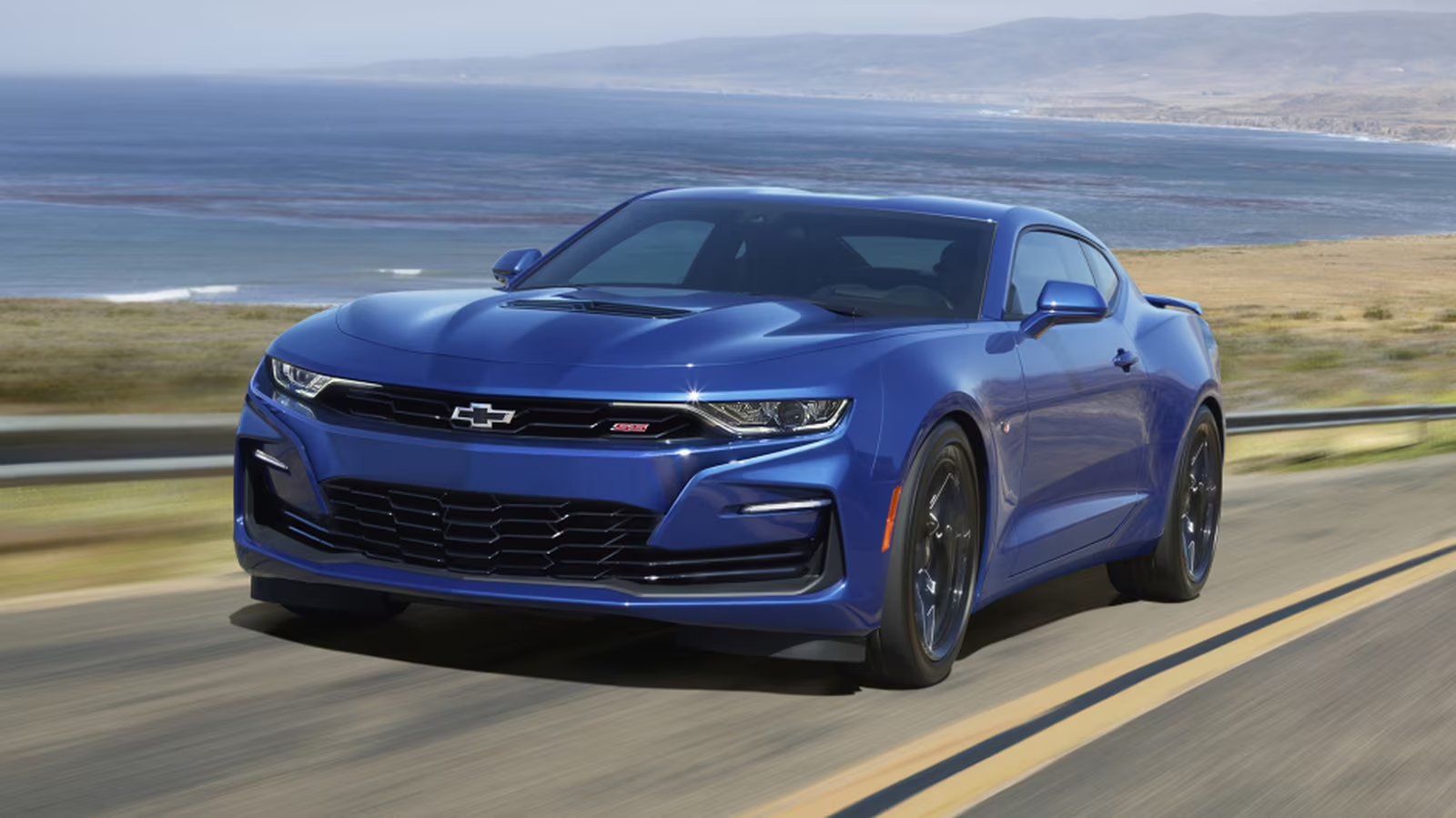Assessing the 6th Gen Camaro: A Deep Dive into J.D. Power Reliability Scores
For performance car enthusiasts and prospective buyers, the Chevrolet Camaro has long represented an accessible blend of power and style. However, when the sixth-generation Camaro (model years starting 2016) hit the market, its reliability track record, as measured by independent third parties, deviated sharply from its highly successful predecessor.
This analysis, based on historical J.D. Power Quality & Reliability ratings from the initial years of the 6th generation, provides crucial context for anyone considering purchasing a used model today in 2025. The data reveals a common but significant issue: the challenges associated with launching a completely redesigned vehicle on a new platform.
The Reliability Verdict: J.D. Power Scores for the Early 6th Generation
J.D. Power’s Quality and Reliability ratings are a critical benchmark for consumers, assessing the number of problems experienced per 100 vehicles (PP100) over the first three years of ownership. The rating scale ranges from 1 (Worse Than Most) to 5 (Best).
The 6th generation Camaro, built on General Motors’ lighter and more advanced Alpha platform, initially struggled to meet the high standards set by the outgoing model. The data for the first three model years showed a concerning trend:
Model Year Breakdown (2016-2018)
| Model Year | J.D. Power Quality & Reliability Rating | Score (Out of 5) | Significance |
|---|---|---|---|
| 2016 | Worse Than Most | 2/5 | Significant drop; indicates higher than average initial problems. |
| 2017 | Average | 3/5 | Improvement, but still below segment leaders. |
| 2018 | Average | 3/5 | Maintained stability, suggesting issues were being addressed. |

The 2016 model year’s score of 2 out of 5—categorized as “Worse Than Most”—was particularly alarming. This rating indicated that owners of the first year of the redesigned Camaro experienced a significantly higher rate of issues compared to the industry average.
Contextualizing the Drop: 5th Gen vs. 6th Gen Reliability
To understand the severity of the 6th generation’s initial stumble, it is essential to compare it to the reliability performance of the preceding model. The fifth-generation Camaro (2010-2015) finished its production run with an exceptionally strong track record.
In its final five years on sale, the 5th generation consistently achieved top-tier ratings from J.D. Power, demonstrating robust long-term quality:
- 2011 Model Year: 4/5 (Better Than Most)
- 2012 Model Year: 5/5 (Best)
- 2013 Model Year: 5/5 (Best)
- 2014 Model Year: 4/5 (Better Than Most)
- 2015 Model Year: 4/5 (Better Than Most)
This history established a high expectation for the 6th generation. The immediate drop from consistent 4/5 and 5/5 scores down to a 2/5 for the 2016 model year highlights the inherent risks involved in a complete vehicle overhaul.
Why the Initial Quality Issues?
Automotive experts often observe that the first model year following a complete redesign—especially one involving a new platform like the Alpha architecture used for the 6th Gen Camaro—is prone to initial quality hiccups. These issues typically stem from:
- New Manufacturing Processes: Adjusting assembly lines and supplier quality for new components.
- Software and Electronics: Integrating complex new infotainment systems and electronic controls.
- Design Complexity: Working out the kinks in a fundamentally different structure and powertrain configuration.
The 2016 Camaro’s low score suggests that Chevrolet experienced significant growing pains in the initial production phase of the new model.

Implications for Used Car Buyers in 2025
While the original J.D. Power data focused on the early years (2016-2018), this information remains highly relevant for the used car market today, particularly as the 6th generation Camaro has concluded its production run.
Prospective buyers of a 6th generation Camaro should approach the model years with caution and specificity:
- 2016 Model Year: Due to the 2/5 reliability rating, buyers should exercise increased scrutiny. A pre-purchase inspection (PPI) is highly recommended, focusing on potential problem areas identified in early production runs. These models are typically the most affordable but carry the highest risk profile.
- 2017 and 2018 Model Years: The improvement to an Average (3/5) rating suggests that Chevrolet successfully ironed out many of the initial production flaws. These years offer a better balance of price and reliability compared to the 2016 model.
- Later Model Years (2019 onwards): Although not covered in the original 2019 analysis, reliability generally continues to improve as a platform matures. Buyers seeking the most reliable 6th Gen model should prioritize later years, which likely saw sustained quality improvements beyond the 2018 data point.
For those prioritizing reliability above all else, the data strongly suggests that the 5th generation Camaro (especially 2012-2015 models) offers a demonstrably superior track record of long-term quality based on J.D. Power metrics.
Key Takeaways
For consumers evaluating the reliability of the 6th generation Chevrolet Camaro, the historical J.D. Power data provides clear guidance:
- Initial Shock: The 2016 Camaro received a 2/5 J.D. Power Quality & Reliability rating, marking a significant decline from the previous generation.
- Recovery: Reliability improved in subsequent years, with the 2017 and 2018 models achieving an Average (3/5) rating.
- Context: This pattern is typical for vehicles undergoing a complete redesign and platform change (moving to the Alpha platform).
- Used Car Advice: Buyers in 2025 should be cautious with the 2016 model year and ideally target 2017, 2018, or later models for a more stable reliability profile.
- Comparison: The 5th generation Camaro (2011-2015) consistently demonstrated higher reliability, often scoring 4/5 or 5/5.
Conclusion
The reliability story of the early 6th generation Camaro is one of initial struggle followed by rapid correction. While the 2016 model year presented significant quality concerns according to J.D. Power, the quick rebound to an average score in 2017 and 2018 demonstrates Chevrolet’s commitment to addressing production issues. For buyers prioritizing the performance and handling of the 6th generation, opting for models built after the first year provides a much safer bet regarding long-term ownership quality and fewer reported problems.
Original author: Charles Krome
Originally published: November 9, 2025
Editorial note: Our team reviewed and enhanced this coverage with AI-assisted tools and human editing to add helpful context while preserving verified facts and quotations from the original source.
We encourage you to consult the publisher above for the complete report and to reach out if you spot inaccuracies or compliance concerns.

